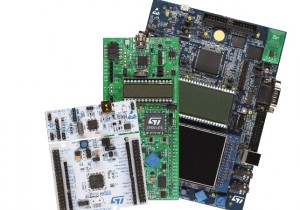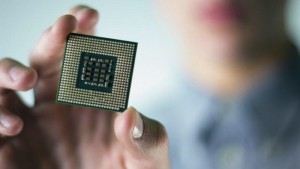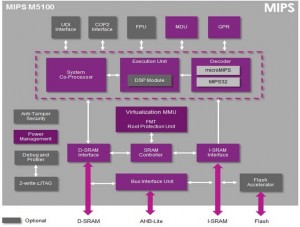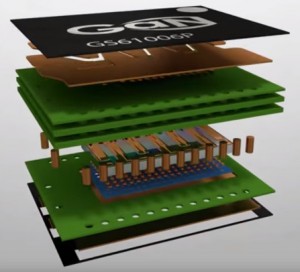The first 1m high resolution optical satellite imagery from the DMC3/TripleSat Constellation satellites is demonstrated today by Surrey Satellites Technology (SSTL) following the launch of three Earth Observation mini-satellites on an Indian PSLV in July.
The very high resolution imager on board the satellites provides 1m native ground sampling distance (GSD) in panchromatic mode and 4-metre GSD in multispectral mode with a swath width of 24km.
This 1m resolution pan-sharpened image taken on 2 August 2105 shows the Olympic Stadium in Athens, Greece.
Sir Martin Sweeting, SSTL’s founder and chief executive, welcomed a comment from Dave Parker, chief executive of the UK Space Agency, who said: “Congratulations to SSTL on the acquisition of these 1m resolution images of our planet from the DMC3 constellation – a real demonstration of technical precision. SSTL’s expertise in small satellites plays a major role in the space sector’s £3.6bn contribution to the UK economy through exports.”
The Twenty First Century Aerospace Technology Company Ltd (21AT), a commercial Earth observation satellite operator based in Beijing, has bought all the imaging capacity of the three satellites for seven years to provide their satellite data services from the TripleSat Constellation. 21AT says it will also create new applications for customers and business opportunities for its worldwide partners through its operational information services powered by the TripleSat Constellation.
The wide swath width of the imagers, combined with agile off-pointing, will enable the TripleSat Constellation to target anywhere on Earth at least once per day and provides the best combination of spatial resolution and time resolution – aiming at stimulating operational monitoring applications, such as urban planning and intelligent management, based on changes detected by timely regular, cloud-free, very high-resolution imagery.
The DMC3 satellites were placed into a 651km sun-synchronous low Earth orbit by a PSLV-XL launch vehicle from the Satish Dhawan Space Centre, Sriharikota launch site in India on 10 July 2015. The launch was provided by Antrix and the Indian Space Research Organisation (ISRO).
The satellites in the TripleSat Constellation are phased 120° apart around the same orbit using their on-board propulsion systems. 21AT has contracted SSTL to provide satellite platform services for the Constellation in orbit.
The constellation satellites use the 450kg SSTL-300S1 series platform, which provides 45° fast slew off-pointing and is capable of acquiring multiple targets in one pass using multiple viewing modes.
SSTL has already manufactured a fourth SSTL-S1 Earth Observation satellite for another customer and has a production line ready to deliver further satellites of this type. Subject to agreement with 21AT, future satellites may have the opportunity to join the TripleSat Constellation.









